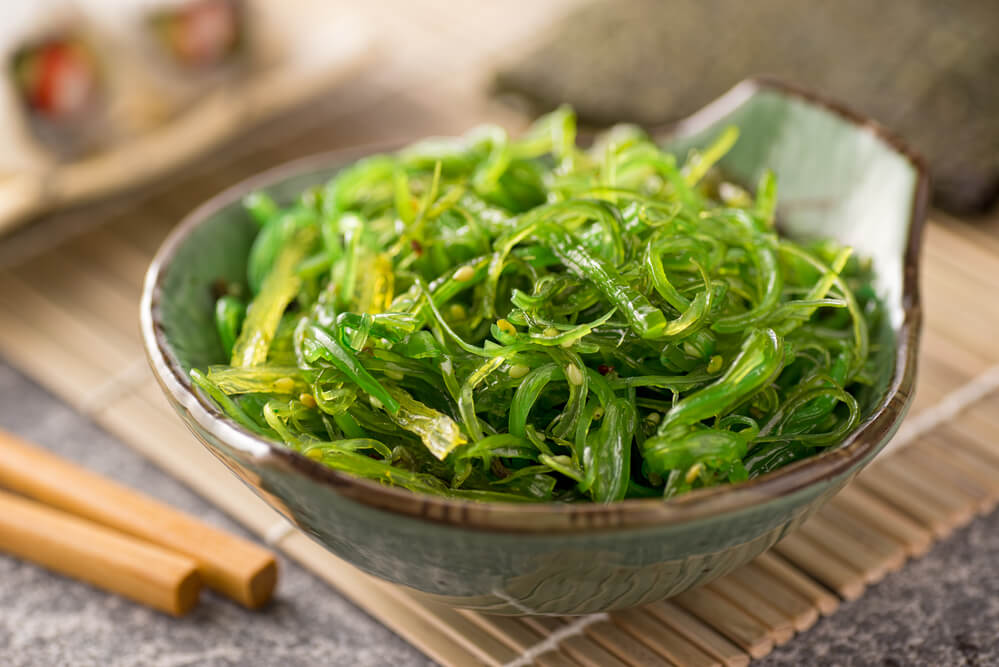The growing number of people on the planet: why we will soon have to eat mud
Marketers argue that there are people who are willing to pay a lot of money for the so-called superfoods, for example for mud (thread) from the pond. Writes about this with the BBC.

Фото: Depositphotos
According to the UN, the world's population will grow to 2023 billion by 8, but recent studies show that our planet is able to feed only 3,4 billion people normally. What do the rest do?
To avoid a global food shortage, a person will have to cross his borders.
And so a modest mud from the pond can come in handy.
Can the world of microalgae and cyanobacteria help feed the world's population, which is constantly growing, or is it just another food fad?
Microalgae and cyanobacteria
Microalgae are single-celled microorganisms that live in salt or fresh water and feed themselves through photosynthesis (the process of converting sunlight into biological energy).
Cyanobacteria, or Cyanophyta, are also aquatic and photosynthetic microorganisms.
They are the same in structure, but microalgae are more complex than cyanobacteria, and photosynthesis occurs in them differently.
The earth contains a huge variety of microalgae, but as food additives, chlorella and spirulina are most often used.
Instagram sensation
A few years ago #spirulina became a social media sensation.
Millions of people shared smoothie recipes, which, thanks to spirulina, had a luxurious emerald color.
It was a new superfood.
Spirulina and chlorella could be purchased in powder or tablet form. Manufacturers have indicated that they are rich in vitamins, minerals, iron and protein.
In London's Yeotown Kitchen, spirulina and chlorella are added to almost all dishes.
There you can try green cookies, ice cream without milk, green energy balls and a blue spirulina cheesecake.
Professor Alison Smith, head of the Department of Plant Sciences at the University of Cambridge, one of the world's leading scientists, explains that seaweed was eaten long before the advent of Instagram: “There is evidence that several hundred years ago people in South America were extracting spirulina from ponds to supplement it into your diet."
Advantages
The high protein content makes microalgae a wonderful vegan alternative to meat.
Today they are added to food in small quantities.
But Andrew Spicer, CEO of Algenuity, says chlorella vulgaris can replace eggs in pastries and pasta.
Spirulina can be used to make mayonnaise, as it resembles egg yolk in composition.
Disadvantages
Let's be honest: not everyone will like the aroma of spirulina.
“Imagine the smells in a sea harbor—a mixture of fish, iron or other metal,” explains chef Simon Perez.
Color is also not so simple. If you give people green bread, most will refuse.
In addition, lively discussions continue about whether microalgae are really so healthy.
Both spirulina and chlorella contain large amounts of protein, but all scientists agree that they are not a “nutritional answer” to all our problems.
“Spirulina contains up to 70% concentrated plant protein and more amino acids than other plant foods,” says nutritionist Rhiannon Lambert. “But that doesn’t mean it’s better than animal protein.”
Microalgae is also a source of omega-3 fatty acids that contain docosahexaenoic acid (DHA) of plant origin.
But they are less digestible than those found in fish.
The same story with vitamin B12, which is necessary for energy metabolism and adequate functioning of the nervous system.
"The B12 found in spirulina doesn't work," explains Rhiannon Lambert. “The body can’t break it down effectively.”
Food of the future?
Despite some disadvantages, microalgae have significant advantages.
The population of the Earth is constantly increasing, as is the area of arable land. Therefore, it is necessary to look for new ways to feed people.
Unlike other protein sources, microalgae do not require high-quality agricultural land.
“They can be grown in different places. In oceans, ponds and lakes. Even on your patio and in the snow,” says Alison Smith.
Microalgae can be grown even in space and feed them to astronauts during long flights to Mars.
Add taste
So, taking microalgae is a convenient, but for many of us, not a very attractive proposition. After all, color and smell scare away.
However, there are scientists who say that this problem can be solved.
Algenuity is developing algae species in which chlorophyll molecules are removed, creating in return a component that has neutral or subtle colors and aromas.
“We're trying to create a vegan source of protein that can be added to different types of foods,” says Algenuity CEO Andrew Spicer. “It’s time for new possibilities for preparing and eating food.”
Will microalgae become the food of the future? It is up to us.
Read also on ForumDaily:
Cholera, smallpox, 'spanish': the most terrible pandemics in human history
8,2 million people will die in the coming years due to bad habits: how to reduce the risk
Scientists have proven that smokers' lungs can fully recover, but under one condition
Subscribe to ForumDaily on Google NewsDo you want more important and interesting news about life in the USA and immigration to America? — support us donate! Also subscribe to our page Facebook. Select the “Priority in display” option and read us first. Also, don't forget to subscribe to our РєР ° РЅР ° Р »РІ Telegram and Instagram- there is a lot of interesting things there. And join thousands of readers ForumDaily New York — there you will find a lot of interesting and positive information about life in the metropolis.











